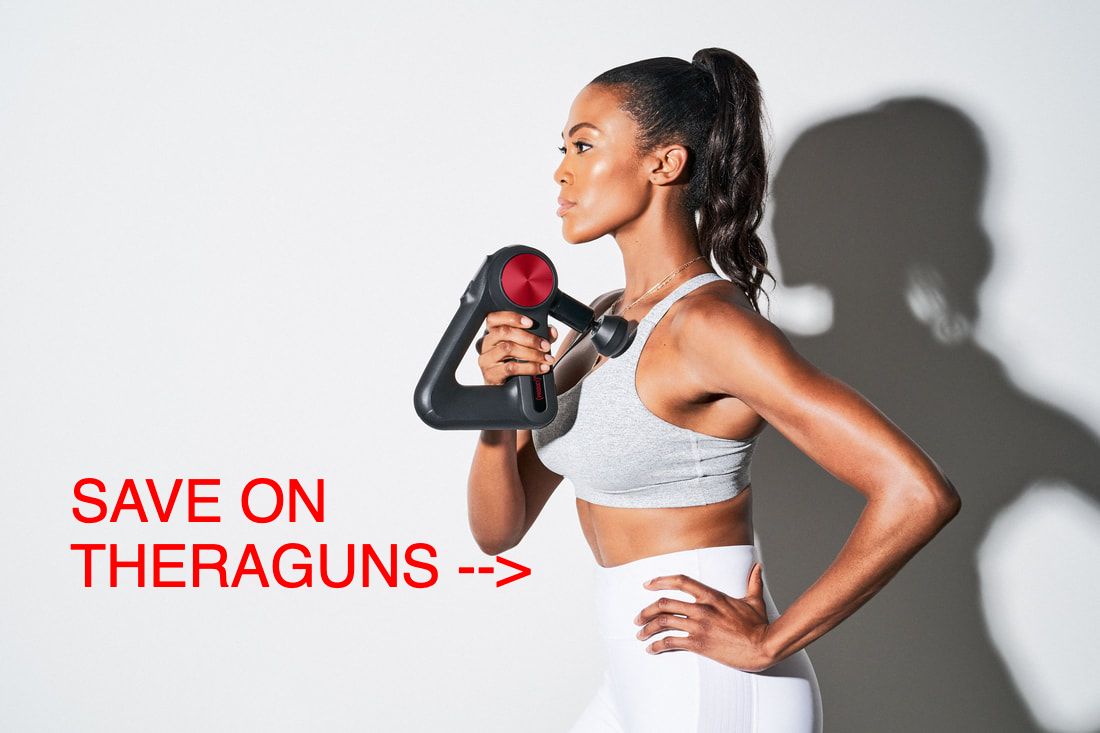|
THOUGHTS ON HURDLE JUMPING & BLOCKING JUMPS
If you want to sprint faster or jump further then you need to do plyometrics. Here are two jump exercises (the blocking version is not strictly speaking a plyo - as it only emphasises the braking part of a jump. This is the element which includes the isometric and eccentric part of the plyometric "stretch” before the concentric “reflex"). Hurdle Jumps I only use hurdle jump occasionally in our training. This does not mean that they don't have a value. What is important is to focus on - as with all plyometrics (within reason) - is speed of contact. The jumper does not want to spend too much time on the ground. This can be an issue with prolonged use of hurdle jumping. You may want to lower the height of the hurdles so that the ground contact speed increases. A combination of lower to higher hurdles can help with this - but potentially higher to lower in sequence could be a better option. There are also other options, for example, including a drop jump take-off between each hurdle (more in another post). Or just using lower hurdles and really monitoring contact time… Periodisation and Ground Contact Time It's possible to periodise hurdle jumping. This is something that the elite Chinese jumpers do, for example. So, despite being 8m and 17m male long and triple jumpers respectively as examples, they may jump over much lower hurdles than expected. They also start the training year with higher hurdles and slower contacts and reduce hurdle height and speed the contacts up as the competition season approach, The contact time on the long jump board for the take-off is around 1100 milliseconds. Ground contact time for a hurdle jump can be much quicker 1300ms-1600ms. Also hurdle jumps can be doubled-footed and of course the long jump take-off requires a single contact. It is important to try to be as specific as possible with your jump and sprints training - within reason. Occasional sessions of less specific work won't do harm i.e. impair performance in the long-term. I'm referring here to the main body of your training - as of course there will be other activities that can be included in a training programme which are not directly related to jump performance - weight training, for example, being another. It's the core drivers of your training programme which matter. Blocking Jumps The key with blocking jumps (as shown in the video) is to stop the downward movement (acceleration) as quickly as possible. Also with minimised knee-bend. In the video Bora is bending her knees a little too much and cushioning the impact. Much research has shown that improvements in eccentric ability improve take-off/take-offs and energy return for the long and the triple jump.
0 Comments
In my latest YouTube video I show you a multi muscular movement workout which is easy to do. It incorporates eccentric, concentric and isometric exercises. These develop greater power and also resilience - so they are great at combatting injury.
You’ll see box to box jumps, drop and block jumps with added weight, and isometric squats and hamstring bridges, for example. We will often do this workout in season as it does not have a too draining effect on muscles or mind. It’ll often be a part of our Saturday workout when there are no comps. In terms of reps and sets we’re looking at 3-4 x 6 reps of the jump exercises and 3-4 sets of the eccentric ones with some variation (where relevant) with the angles or limbs positions held. Holds are around 10sec. If you’ve any specific questions then let me know. Jargon buster: Eccentric - muscular lengthening Concentric - muscular shortening Isometric - no muscular action From time to time we won't be able to get to the track or gym to train or we may be in a hotel room perhaps a few days from a competition or on a work trip, but we want to or need to get in a workout.
During lock-down I produced a number of "Workout at Home & Stay-safe" video workouts. It's been interesting to see from the video stats on my YouTube channel that people are still doing them. Indeed one of the jumpers I coach remotely is doing some of the workouts as a part of her current conditioning. Bora is based in Hungary and is - at the time of writing - 15, she has a very good for her age best of 5.88m. Her specific fitness has definitely improved in consequence of doing these workouts as a part of her training. The workouts as befitted the Covid period use little training kit - for example, STRETCH BANDS. Indeed for some I improvised weights by filling plastic bottles with water. Note: 1 litre of water weights about 1kg. I included many specific jumps and sprint exercises into these workouts. There were, for example, numerous sprint drills. done in-place There were also many exercises designed to also specifically strengthen the muscles, tendons and ligaments involved in sprinting and jumping. Most of the workouts are follow-along ones. This means that you can start the video and be guided by me through the exercises and the time on and off periods. So, all you need to do is do the exercises, which I will have showcased and explained how to do at the beginning of the video. The videos can be seen HERE. Why not become a channel member of my YouTube site and find out through exclusive videos information which will directly improve you as a coach or athlete. |
Categories
All
Click to set custom HTML
|
Proudly powered by Weebly











 RSS Feed
RSS Feed
